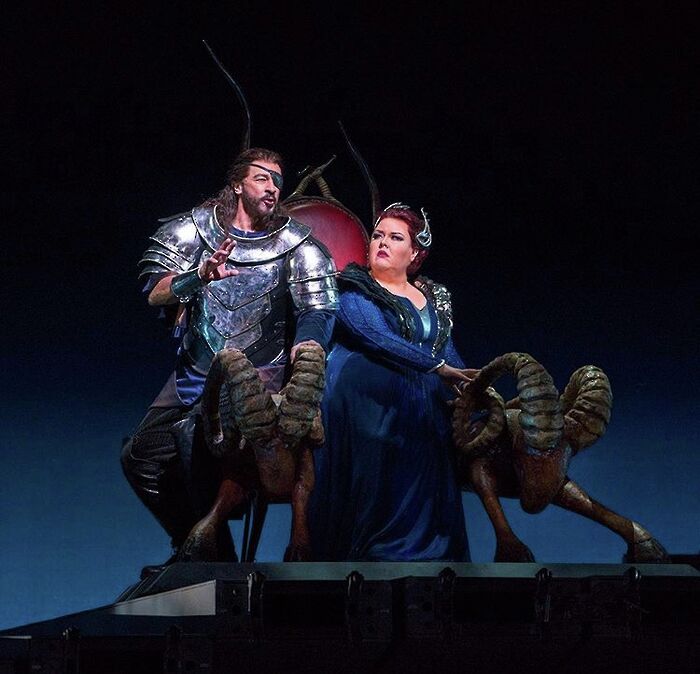When opera meets fashion
Marie-Louise James explores the long and enriching relationship between the worlds of fashion and opera
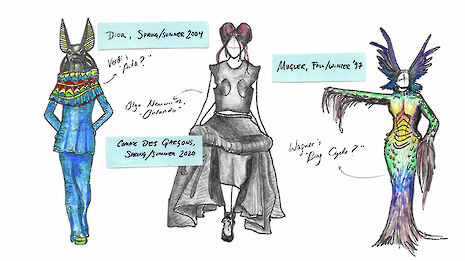
This summer at Paris Fashion Week, Rei Kawakubo unveiled her Comme des Garçons spring 2020 menswear collection. Yet it wasn’t just a runway show: it was also Act I of a work that would culminate in a December premiere at the Vienna State Opera.
Kawakubo based the collection on her costume commission for the upcoming opera Orlando, a Virginia Woolf adaptation by Austrian composer Olga Neuwirth - the first female composer commissioned by the Vienna State Opera in its 150 years of existence. Referring to Woolf’s novel of gender-bending time travel, Kawakubo titled the Homme Plus collection “Transformation and Liberation through Time.” The 76-year-old designer explained that, leading up to the opera’s premiere, her show at Men’s Fashion Week would be Act 1, the women’s runway in September then Act 2, and Act 3—the finale—the opera itself.
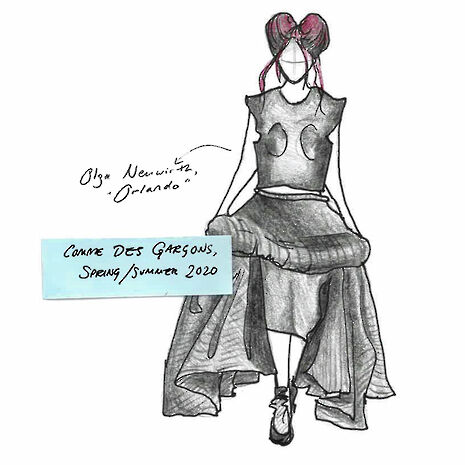
Keeping in theme with the source material, Kawakubo’s recent menswear and womenswear collections blur boundaries, spinning a hypnotic web of anachronistic pieces, non-binary silhouettes, and rich textures. Male models don crochet blouses and pearl necklaces under tailored jackets and coats. Armour-like skirts and headpieces play off Victorian ruffles and sumptuous embroidered fabrics, each proportion elongated as the occasional crimson sleeve or stripe juts out of an otherwise muted, desaturated colour palette. The costumes are a dreamscape of free association, historical medley, and gender play. And Kawakubo’s work with Olga Neuwirth and the Vienna State Opera celebrates an endless source for creative collaboration: opera and fashion.
This isn’t the first time couture has met coloratura, however. Givenchy’s creative director Riccardo Tisci collaborated with the Parisian Opera Garnier in 2013 for the wardrobe of Maurice Ravel’s Boléro, while Joseph Altuzarra recently designed costumes for the New York City Ballet spring gala. Similarly, the dance portraits of late fashion photographer Peter Lindbergh celebrate the intersection between fashion and the arts. Yet these examples are conventionally more ballet-oriented than opera, And there is so much potential for the two worlds to collide.
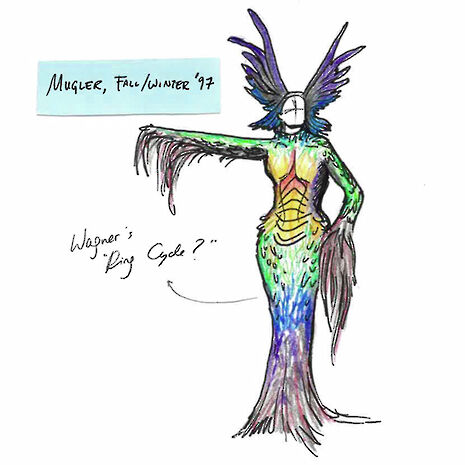
As a teenager, world-renowned designer Thierry Mugler was part of the ballet corps in the Opéra national du Rhin. He later created many costumes for both opera and theatre, most famously the phantasmagorical garments for a 1985 Comédie Française staging of Macbeth. Could these same garments make an appearance in La Scala’s next production of Verdi’s Shakespeare adaptation, perhaps?
I immediately think of John Galliano as well. In 1998, his Spring Couture show for Christian Dior set models against the backdrop of the Opera Garnier. An array of Rococo, Edwardian and Erté-esque pastiches strutted down the marble stairs of the Parisian opera house, echoing the same Audrey Hepburn and Givenchy moment in Funny Face (1957). Decades later, Puccini’s Madama Butterfly played through the speakers of another Dior couture collection, and Chinese opera costumes emerge as central influences in his work for Dior and Maison Margiela.
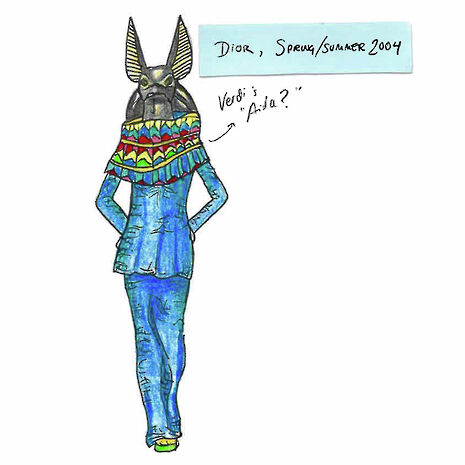
And though Galliano has referenced both western and eastern forms of opera in his works, the possibilities of an opera crossover in other collections might be endless. His Egyptian couture creations for Dior Spring 2004 could be the ideal match for of Verdi’s Aida, for example. Picture the Triumphal March: live animals parading down the stage under towering limestone sets while mosaic garments glitter under the lights, sculptural headdresses precariously balanced. Verdi’s music rings gloriously. This is opera.
The world of opera and fashion doesn’t just rely on extravagance, however, as Kawakubo proves with her androgynous silhouettes and understated colour palettes. This creative force lies in the fact that opera is a combination of the arts: music, dance, costumes, set design, and much more—a Gesamtkunstwerk, to use Wagner’s term.
Some critics might argue that the spotlight on Kawakubo risks distracting from other elements of the Orlando opera - the music and story. But here I quote cellist Yo-Yo Ma from a 2013 interview: “The tradition of classical music and the opera is such that it used to be the place where social intercourse could take place between all parts of society: politicians, industrialists, artists, citizens, etc. That tradition, I think, still exists, but it’s much, much more diluted.” Kawakubo’s collaboration with the Vienna States Opera is, as a result, a revival of this practice—an antidote to the dilution of operatic tradition, and an encouraging start for further synergy.
 News / Cambridge study finds students learn better with notes than AI13 December 2025
News / Cambridge study finds students learn better with notes than AI13 December 2025 Features / Should I stay or should I go? Cambridge students and alumni reflect on how their memories stay with them15 December 2025
Features / Should I stay or should I go? Cambridge students and alumni reflect on how their memories stay with them15 December 2025 News / Uni Scout and Guide Club affirms trans inclusion 12 December 2025
News / Uni Scout and Guide Club affirms trans inclusion 12 December 2025 Comment / The magic of an eight-week term15 December 2025
Comment / The magic of an eight-week term15 December 2025 News / Cambridge Vet School gets lifeline year to stay accredited28 November 2025
News / Cambridge Vet School gets lifeline year to stay accredited28 November 2025

